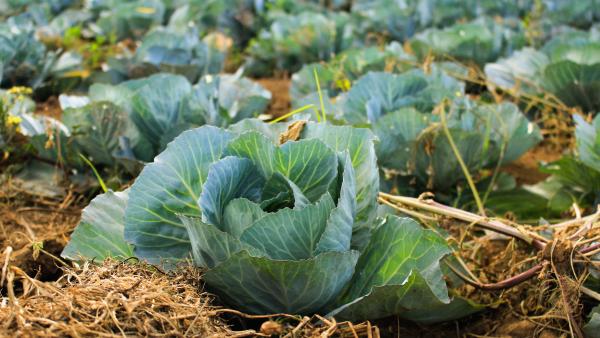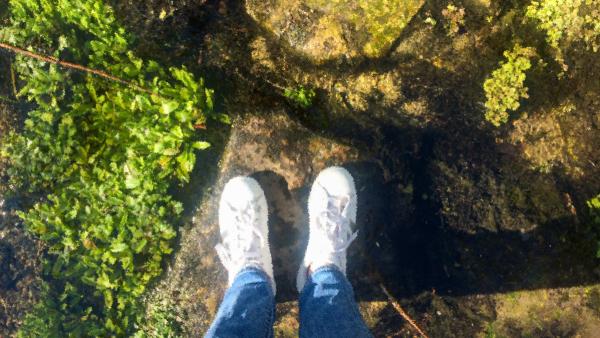A new generation of Black farmers are working to reclaim land, hoping to grow justice along with vegetables and plants.
Nature
Lulu Miller's book “Why Fish Don’t Exist” — which examines ichthyologist David Starr Jordan — is a meditation on the shadow side of scientific classification, and the dangers of trying too hard to impose order on chaos.
Science journalist Sonia Shah, herself the child of Indian immigrants, has long been fascinated with the way animals, people and even microbes move. She says migration is both a crisis and an opportunity.
Thousands of sandhill cranes gather each fall on the banks of the Wisconsin River before they head south for the winter. Anne and Steve visited the Aldo Leopold Foundation in Baraboo, Wisconsin to witness this migration firsthand, along with their guide: wildlife ecologist Stan Temple.
The fact that so many animals migrate — sometimes thousands of miles — has puzzled people over the ages. Why do they take such risky journeys? Conservation biologist David Wilcove studies migration, and he says the scale of migration is staggering.
Imagine driving over a hill and seeing hundreds of zebras or a thousand wildebeest. Anne and Steve were lucky enough to witness this spectacle in the Serengeti. Their expert guide, Moses Augustino Kumburu, describes the Great Migration.
Wherever you live — city or country, East coast, West coast, or in between — we share common, contemplative experiences on our walks outside.
Magician Nate Staniforth has a dangerous idea for you. Tonight, after dark, go outside and look up to the sky.








